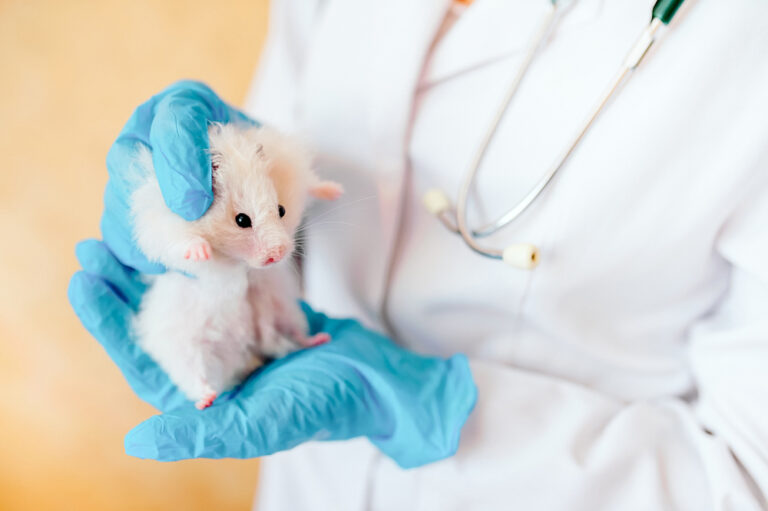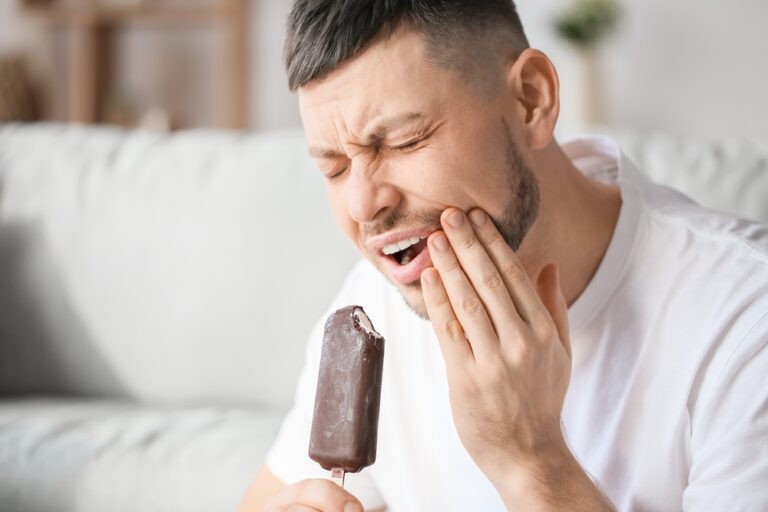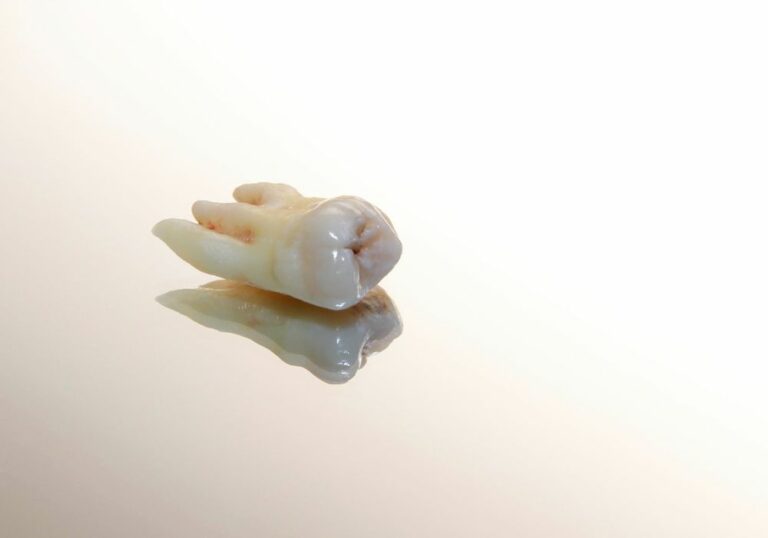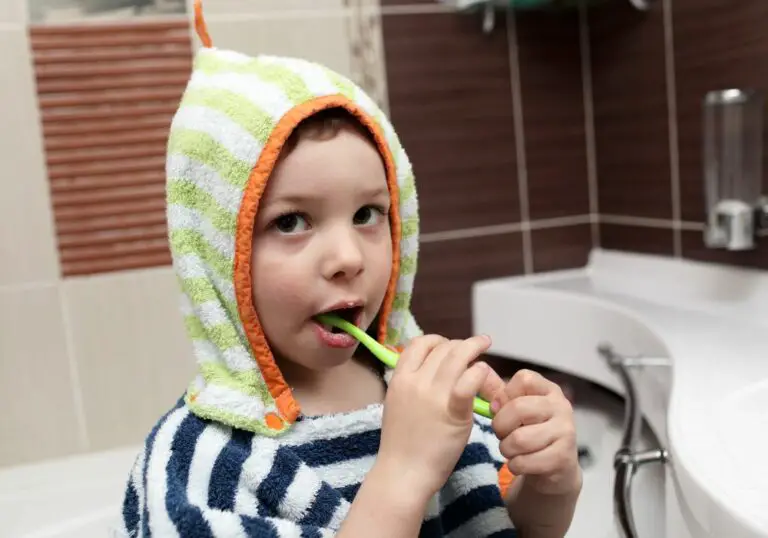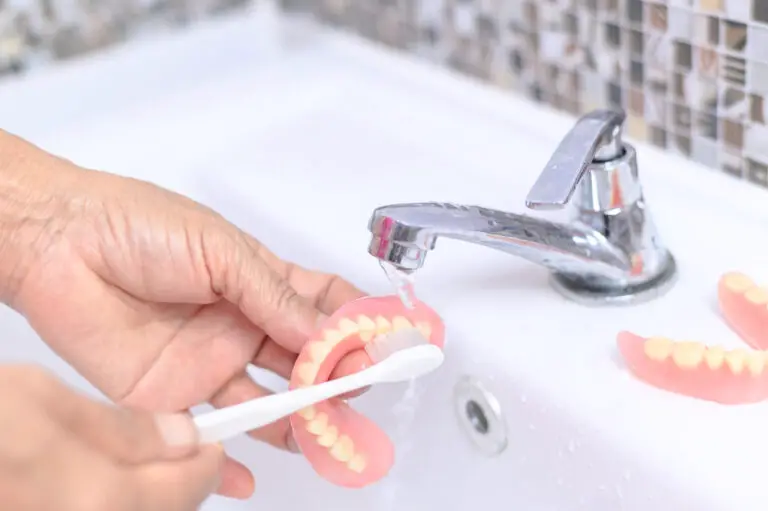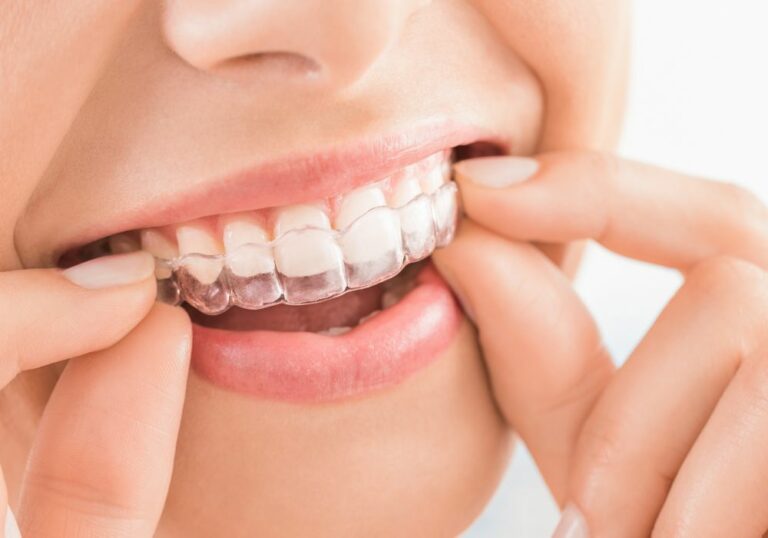What is Bruxism and What Causes it in Children?
Bruxism is the medical term for grinding or clenching of the teeth. This involuntary parafunctional habit often occurs during sleep, called sleep bruxism, but some children may also grind or clench their teeth during waking hours as well.
Common Causes of Bruxism in Children

There are several potential causes and risk factors for bruxism in children:
- Stress/Anxiety: Stress, anxiety, frustration, anger, hyperactivity and other emotions can trigger bruxism as the child unconsciously grinds their teeth in response to tension. Stressors may include school pressures, social/peer issues like bullying, major life changes, or even intolerances like discomfort from allergies.
- Occlusal Problems: Issues with the alignment and structure of teeth or bite abnormalities like malocclusion or crossbite can cause bruxism. For example, teeth that do not meet properly when closing, missing teeth, crowded teeth, overbites, and other orthodontic problems may initiate grinding as the jaw strains to chew correctly.
- Genetics/Heredity: Bruxism sometimes runs in families, indicating there may be a genetic component involved. Having a parent or sibling who grinds makes a child more predisposed to the habit.
- Medications: Certain medications like Ritalin, Adderall, antidepressants, antihistamines and asthma inhalers prescribed for childhood illnesses may have bruxism as a side effect due to increased stimulant or chemical effects on the brain and nervous system.
- Sleep Disorders: Conditions like obstructive sleep apnea, snoring or other breathing problems during sleep may promote grinding. The lack of oxygen from apneic episodes during disturbed sleep triggers a reflex neuromuscular response including clenching or grinding the teeth. Periodic limb movements during sleep may also spark grinding.
- Gastroesophageal reflux: Stomach acid that backs up into the esophagus during sleep due to reflux may cause grinding as the child unconsciously reacts to the discomfort and irritation.
- Neurological Factors: Some hypothesize that bruxism may be related to altered neurotransmitter function in the central nervous system or a hypersensitivity in the reticular activating system of the brainstem. Those with congenital disorders like cerebral palsy have increased bruxism.
When Should You Be Concerned?
Most children will outgrow bruxism as their permanent teeth erupt and dental occlusion normalizes. Occasional teeth grinding is not necessarily problematic. However, if your child’s bruxism seems frequent and severe based on audible grinding, visible tooth wear, jaw pain or headaches, it could lead to more significant health issues like:
- Progressive damage, wear, fracture or loss of tooth structure
- Temporomandibular joint (TMJ) dysfunction causing limited jaw mobility and pain
- Headaches or ear pain from TMJ inflammation
- Sleep disruption for child and parents due to noise
- Emotional/behavioral problems if bruxism relates to untreated anxiety
Significant bruxism that persists for over 6 months with noticeable symptoms should be evaluated by your pediatrician and dentist. Left unchecked, chronic long-term grinding can damage the teeth and alter facial development.
Signs and Symptoms of Bruxism in Children

Here are some common signs and indicators that your child may be grinding their teeth:
During Sleep
- Audible grinding noises, sometimes quite loud and disruptive, coming from child’s room at night
- Visible wearing down, flattening, fracture, or chipping of tooth enamel detected during dental exams
- Complains of jaw soreness or pain inside the mouth upon waking in the morning
During the Day
- Soreness, tenderness, clicking or locking of jaw muscles and TMJ, especially upon chewing
- Difficult or limited ability to open mouth fully
- Tooth sensitivity, pain or fractures noticed while eating
Other Possible Associated Signs
- Headaches or migraines, especially in the temples, neck and shoulder region
- Earaches or pain in front of the ear with chewing
- Damaged dental fillings or dental work due to excessive grinding forces
- Cheek, tongue or lip biting inside the mouth from mandibular hyperactivity
- Sleepiness or falling asleep during the daytime from sleep disruption
- Irritable mood and behavior from sleep deprivation or bruxism related pain
If your child regularly shows several of these clinical symptoms, it is wise to consult both your pediatrician and dentist. The dentist can perform an oral exam to check for abnormalities like excessive tooth wear, fractures, cheek biting, and scalloped appearance of the tongue indicating grinding. They may also note hypertrophy (enlargement) of the masseter jaw muscles. Sleep studies or home audio/video recordings can also objectively document sleep bruxism episodes in some cases. Dental x-rays help visualize damage or underlying issues with erupting teeth. Impressions of the teeth may be taken to evaluate for orthodontic problems predisposing a child to grinding.
What are the Risks of Untreated Bruxism?
If severe bruxism and clenching goes unchecked over a long period of time, affected children may experience:
- Progressive Tooth Damage: Excessive grinding wears down tooth enamel and rapidly exposes the more sensitive dentin layer underneath. This can lead to severe erosion, increased fractures, cavities, and pulp exposure causing abscesses or tooth loss. The teeth may become painful, hypersensitive and appear short and blunted.
- Jaw & Facial Pain: Constant clenching and grinding places significant strain on the temporomandibular joint, jaw muscles, and surrounding connective tissues. This often results in pain in the jaw joint and associated areas like the face, temples, in front of the ear, and back of the neck which may limit chewing or speaking.
- Tension Headaches: There is frequently a correlation between bruxism and recurrent tension or migraine headaches. The constant grinding may contribute to or exacerbate headache symptoms.
- Disrupted Sleep: Loud grinding noises often disturb the sleep of both the affected child as well as siblings/parents sleeping nearby. This sleep deprivation worsens irritability and exacerbates bruxism.
- Emotional/Behavioral Problems: Chronic bruxism can contribute to moodiness, irritability, oppositional behaviors, apprehension, anxiety and depression in some children.
That’s why it is very important to promptly consult an experienced dentist if your child exhibits the signs and symptoms of severe bruxism. Left unaddressed, it can have both short and long term detrimental impacts on your child’s oral health, craniofacial development, comfort, and sleep quality.
What Triggers Nighttime Teeth Grinding in Children?
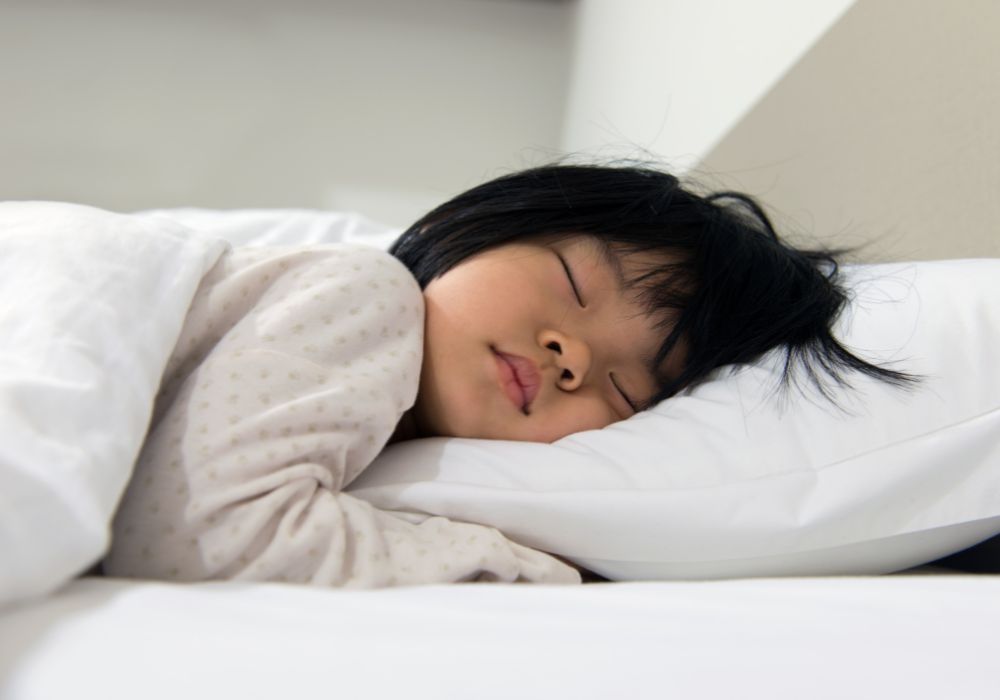
There are a few primary causes and factors that are known to directly provoke or stimulate sleep bruxism events in children at night:
Malocclusion and Dental Problems
Malocclusion refers to the misalignment or incorrect bite relationship between the upper and lower teeth. Children’s teeth may not meet symmetrically due to:
- Missing, crowded, crooked or ectopic (misplaced) permanent teeth
- Uneven jaw growth during development
- Harmful oral habits like pacifier sucking or thumb sucking which cause a persistent open bite
This mismatch between the positioning of the upper versus lower teeth makes smooth chewing movements difficult and can initiate grinding as the jaws strain to find a stable occlusal position. Improper dental development can also lead to crossbites, overjets and other problems causing bruxism. Orthodontic appliances are often needed to guide erupting teeth into better alignment.
Arousal and Movement Disorders During Sleep
Sleep bruxism is closely tied to brief arousals and other sleep disorders in children, typically occurring during shifts to lighter sleep phases. Specific examples include:
- Sleep apnea leading to lowered oxygen and grinding during respiratory effort to breathe
- Sleep-disordered breathing including heavy snoring
- Sleep walking, confusional arousals, night terrors and REM behavior disorder
- Periodic limb movement disorder (PLMD) characterized by rhythmic leg twitching
During these partial arousals or bouts of parasomnia, increased semi-conscious motor activity like forceful grinding or clenching of the jaw seems to occur as part of the body’s reflex reactions. Treatment of the primary sleep disorder often lessens bruxism.
Side Effects of Medications
As mentioned previously, certain medications prescribed for conditions like ADHD, asthma, allergies, depression and seizures have been associated with bruxism as a neurological side effect. The stimulating action on the central nervous system and neurotransmitters likely activates the trigeminal nerve that controls jaw movement. Examples include:
- Methylphenidate (Ritalin) and amphetamine salts (Adderall) used for ADHD management
- Selective serotonin reuptake inhibitors (SSRIs) like fluoxetine (Prozac) given as antidepressants
- Antihistamines like diphenhydramine (Benadryl) used for allergies
- Beta-agonist bronchodilators like albuterol taken for asthma
If medication seems to correlate to onset of bruxism, the prescribing doctor should be consulted for possible alternative treatment options or dosage adjustments.
Stress and Emotional Problems
Both daytime and sleep bruxism can arise from:
- School pressures like testing, speech presentations, academics, bullying
- Discordant family situations like divorce, separation, frequent moves, illness
- Traumatic events like accident, injury, abuse
- Generalized anxiety disorder or clinical depression
During sleep, this stress and internal tension may manifest physically with clenching, grinding and chewing motions. Relaxation therapy, counseling, biofeedback, and stress-reduction techniques can all help minimize bruxism originating from emotional turmoil. Treating any diagnosed psychiatric illness is important as well.
How is Bruxism in Children Diagnosed?
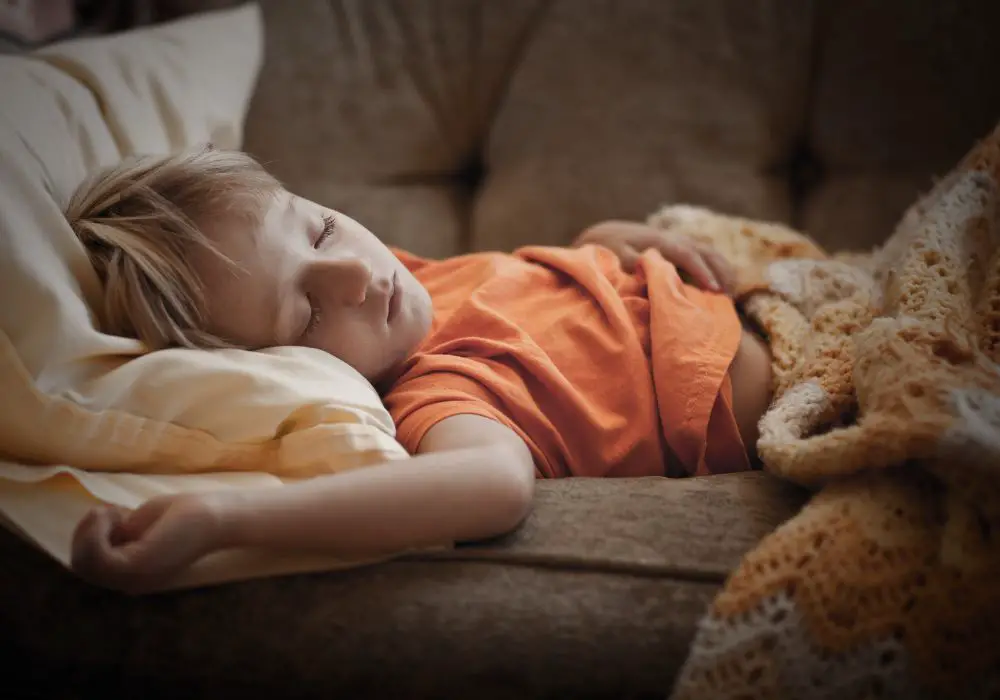
If bruxism is suspected in your child based on reported symptoms from home, make an appointment to have your child evaluated thoroughly by both their physician and pediatric dentist.
The dentist will perform a clinical oral exam, looking for obvious signs like:
- Unusual tooth wear on the cusps and incisal edges, especially the upper front teeth
- Dental fracture lines, cavities or damage to dental work like fillings
- Hypertrophied masseter jaw muscles which may appear enlarged
- Scalloping on the lateral border of the tongue from grinding
- Calluses or ulcers on the cheeks or lips from cheek/lip biting
The medical history will be reviewed, including prior dental records if available, to assess changes over time like accelerated tooth wear. Information about medications, feeding, habits, development and sleep concerns will be noted.
If sleep bruxism or an underlying sleep disorder is suspected, the child may be referred for an overnight polysomnogram sleep study or use of a home sleep audio monitor to capture sounds. Radiographic imaging like bitewing x-rays or panorex may identify underlying problems and damage between teeth. If bite issues are of concern, dental impressions are taken to carefully analyze the occlusion and alignment. Blood tests help rule out conditions like nutritional deficiencies, reflux, and food allergies exacerbating bruxism.
Treatment Options for Bruxism
If your child’s bruxism is diagnosed as occasional and mild, just monitoring it carefully at home and follow up dental exams may be adequate management initially. Maintaining good oral hygiene and a healthy diet remain important as well. However, for moderate to severe daytime or sleep bruxism with evidence of tooth damage, more active treatments will likely be warranted, including:
Dental and Orthodontic Care
- Dental repair: Any damaged teeth may need restorative work like bonding, crowns or extraction.
- Orthodontics: Braces, spacers or bite splints can improve bite.
- Oral devices: Custom acrylic night guards worn over the teeth cushion against grinding forces and minimize wear. These are removable and must be replaced periodically as the child’s mouth grows.
Medical Interventions
- Medication changes: If current prescription medications seem to provoke grinding, alternatives should be explored.
- Sleep diagnostics/therapy: Sleep studies can identify issues like apnea requiring CPAP or oral devices. Some children may benefit from supplemental oxygen at night. Melatonin helps regulate sleep cycles.
- Counseling: Talk therapy, CBT, and relaxation techniques assist with anxiety reduction and stress management.
- Pain relief: Over-the-counter NSAID medications like ibuprofen can temporarily alleviate jaw soreness as needed.
- Botulinum toxin injections: In recalcitrant severe cases, botox injections into the masseter jaw muscles paralyzes grinding activity temporarily.
At Home Suggestions
- Massage sore jaw muscles. Use warm compresses. Ensure soft foods.
- Maintain a regular bedtime routine. Avoid sleep disruption.
- Limit stimulating foods/drinks like caffeine or chocolate.
- Try relaxing activities before bed like reading, music, meditation.
- Chew gum during the day to rest jaw muscles.
Ongoing management should be coordinated between your child’s physician, dentist and specialists based on the particular diagnoses and tailor treatment accordingly. While mild bruxism often resolves on its own, moderate-severe grinding usually necessitates professional intervention to prevent long-term dental complications.
Is Bruxism in Children Serious?
For many kids, transient bruxism is not necessarily serious if it is intermittent and causes minimal symptoms or damage. However, chronic, frequent, and forceful grinding can potentially impact a child’s oral health, craniofacial development, and quality of life. Complications become more likely with increased severity and duration, including:
- Progressive destruction and loss of tooth structure
- Malocclusion and other orthodontic problems
- Temporomandibular joint dysfunction limiting jaw function
- Pain, headaches and ear symptoms exacerbated by muscle spasms
- Sleep interruption and constant fatigue
- Emotional and behavioral issues intensified by discomfort
That’s why severe bruxism warrants active diagnostic workup and appropriate treatment. Letting a child continue to grind their teeth unchecked often results in accelerated dental problems. Consulting promptly with your pediatric dentist is crucial to determine suitable management options. While simple observation and over-the-counter mouth guards may suffice for mild grinding, severe bruxism generally requires more customized therapy to avoid complications. Ongoing follow up helps assess progress.
Outlook for Children with Bruxism
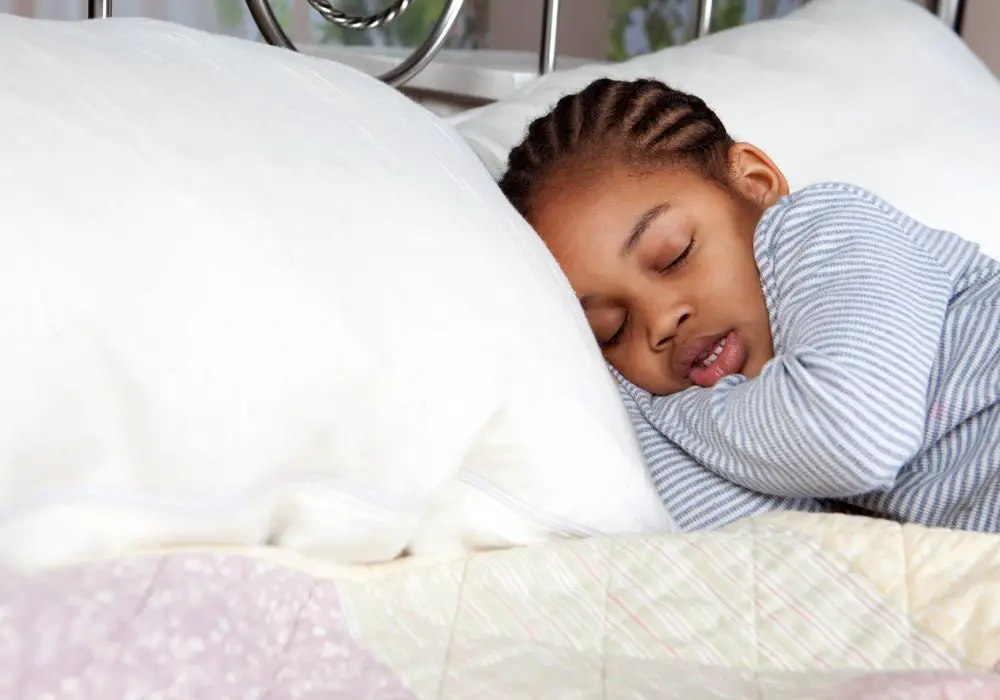
The good news is that the majority of children eventually outgrow bruxism between ages 9-12, as permanent teeth erupt and dental arches develop. Resolution rates are high, as reflected in the following statistics:
- 80% of pediatric cases resolve by the teenage years.
- Only 3-5% of the adult population grinds chronically, versus 15-33% of children.
Additionally, there are now many effective treatments available to protect the teeth, minimize symptoms, and monitor improvement through childhood into adulthood. Excellent long-term prognosis can be achieved with prompt professional management.
With consistent therapeutic intervention and attentive at-home care as needed, the symptoms of childhood bruxism often gradually subside over time without significant permanent oral health consequences. Regular dental examinations help identify when the grinding has diminished in frequency and severity. If it lingers past puberty, additional ongoing care may be advised.
Frequently Asked Questions
Q1: At what age does bruxism usually start in children?
Most children develop bruxism habits like grinding or clenching between 2-6 years of age, corresponding to eruption of the primary and transitional dentition. Onset of bruxism peaks around age 5, related to the exfoliation and shedding process of the baby teeth and replacement by permanent teeth. However, some children do not exhibit bruxism until later when the adult teeth begin to erupt around 6-8 years old.
Q2: Why does my child’s bruxism seem to come and go?
Bruxism is often strongly influenced by situational factors, worsening during times of greater stress, anxiety, or sleep disruptions. Big examinations at school, interpersonal problems with friends or siblings, major family changes, travel, illness or discomfort from allergies or reflux can all trigger short-term flare ups of more intense grinding symptoms. Ensuring your child feels relaxed, secure, and healthy can help minimize these episodic exacerbations.
Q3: Will my child need braces or dental work for bruxism?
It depends on the assessed cause and dental status. If malocclusion, crossbites, overcrowding or other orthodontic factors are contributing to grinding, the dentist may recommend braces, spacers or bite splints to normalize the bite and alignment. Any damaged, worn or sensitive teeth from attrition may also need restorative work like bonding, crowns, or extraction in severe cases. Custom night guards worn during sleep protect the dentition. Regular dental cleanings and fluoride treatments help strengthen enamel.
Q4: Are alternative remedies helpful for bruxism in children?
Some parents report success using natural supplements like magnesium, vitamin B complex, lavender oil, and probiotics. Gentle jaw and facial massage techniques may provide relief. Avoiding food dyes, improving diet, sleep hygiene and hydration are also suggested. However, these complementary therapies alone are usually inadequate for severe bruxism, which requires professional dental treatment as well to curb damage and symptoms.
Q5: When should my child wear a mouth guard for teeth grinding?
In milder cases, simply having your dentist custom fabricate a comfortable night guard may be all that is needed to cushion grinding forces and prevent tooth wear. More severe daytime or sleep bruxism with evidence of fractures, pain or occlusal issues generally warrants a combination approach with dental repair, bite adjustment, and medications or sleep therapy in addition to a protective mouth guard worn at night and when napping. The dentist will advise if a guard is indicated based on examination findings and symptom severity.
Conclusion
In summary, transient bruxism is quite common in children around the eruption of primary and permanent teeth, but often gradually declines by adulthood. If your child frequently grinds their teeth, especially during sleep, be sure to have their pediatrician and dentist fully evaluate and monitor their condition over time.

